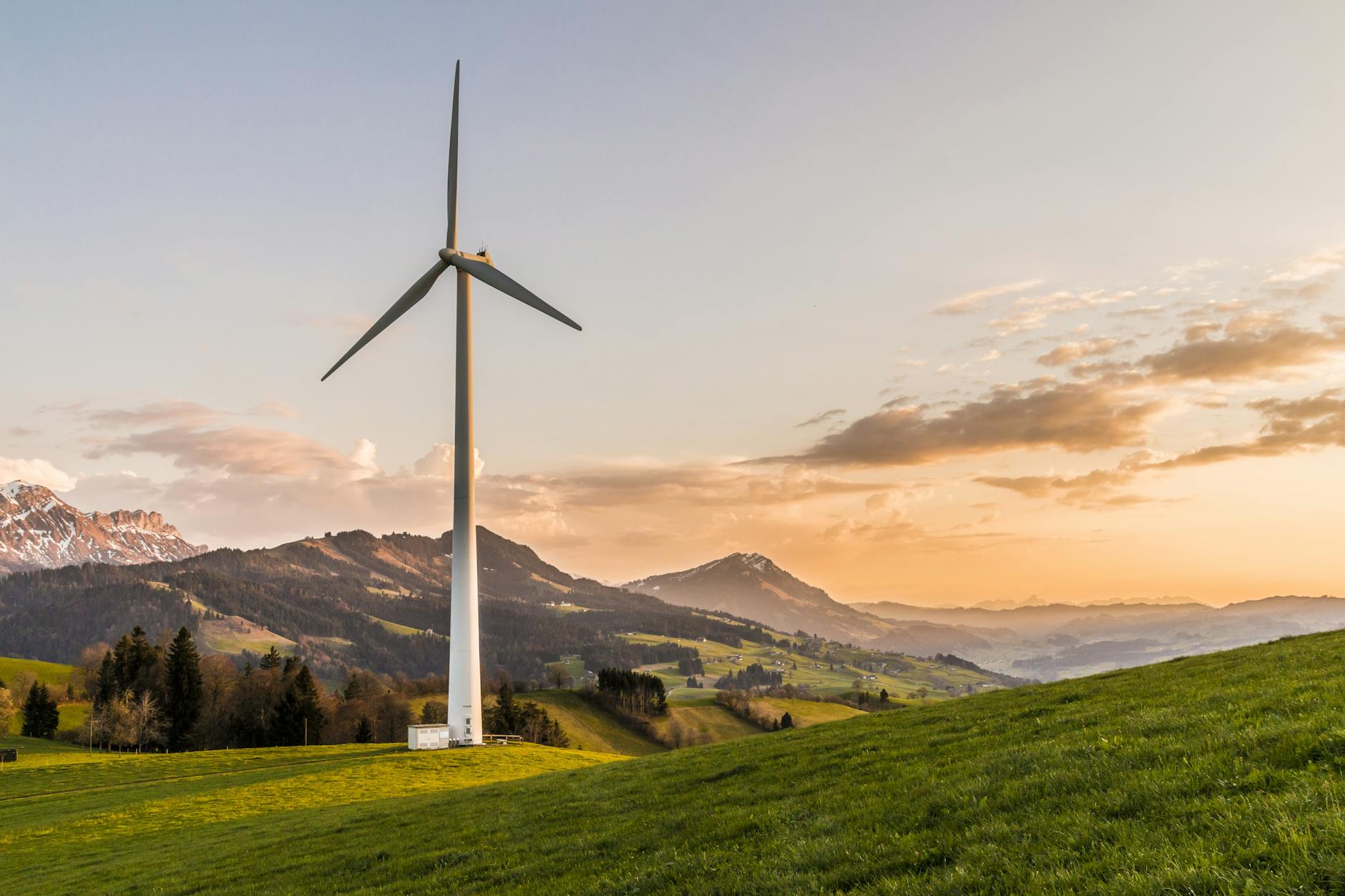Eco-Friendly Energy: Advancing Towards a Greener Future


In today's world, the pursuit of eco-friendly energy solutions has become increasingly urgent as we confront the challenges of climate change and environmental sustainability. The transition towards renewable and clean energy sources represents a pivotal step towards reducing carbon emissions, mitigating environmental impact, and securing a sustainable future for generations to come. Let's delve into the advancements and initiatives driving the shift towards eco-friendly energy.
1. Renewable Energy Sources
Renewable energy sources such as solar, wind, hydroelectric, and geothermal power are leading the charge towards a greener future. Solar energy, harnessed through photovoltaic panels, converts sunlight into electricity without emitting greenhouse gases. Wind energy utilizes turbines to generate electricity from wind power, which is abundant and inexhaustible. Hydroelectric power harnesses the energy of flowing water to generate electricity, while geothermal energy utilizes heat from beneath the Earth's surface.
2. Energy Efficiency and Conservation
Energy efficiency and conservation play crucial roles in reducing energy consumption and minimizing environmental impact. Advances in technology have led to the development of energy-efficient appliances, lighting systems, and building materials that consume less energy while maintaining or improving performance. Smart home technologies and energy management systems allow consumers to monitor and optimize their energy usage, further enhancing efficiency and reducing waste.
3. Sustainable Transportation
The transportation sector is also making strides towards sustainability with the adoption of electric vehicles (EVs) and alternative fuels. Electric cars and buses powered by renewable electricity offer a cleaner and more efficient alternative to traditional fossil fuel vehicles, significantly reducing emissions of pollutants and greenhouse gases. Additionally, advancements in battery technology are improving the range, efficiency, and affordability of EVs, making them increasingly accessible to consumers worldwide.
4. Green Building Practices
Green building practices prioritize sustainability and energy efficiency in the design, construction, and operation of buildings. LEED (Leadership in Energy and Environmental Design) certification and other green building standards promote strategies such as passive solar heating, natural ventilation, energy-efficient HVAC systems, and sustainable materials. Green buildings reduce energy consumption, minimize environmental impact, and create healthier indoor environments for occupants.
5. Carbon Capture and Storage (CCS)
Carbon capture and storage technologies aim to capture carbon dioxide emissions from industrial processes and power generation facilities before they are released into the atmosphere. Captured CO2 can then be transported and stored underground in geological formations or utilized in industrial processes such as enhanced oil recovery. CCS technologies play a crucial role in reducing greenhouse gas emissions from fossil fuel-based power plants and industries.
6. Policy and Government Initiatives
Government policies, incentives, and regulations are instrumental in accelerating the adoption of eco-friendly energy solutions. Many countries and regions have implemented renewable energy targets, carbon pricing mechanisms, tax incentives for renewable energy investments, and subsidies for energy-efficient technologies. These policy measures create a favorable environment for innovation, investment, and market growth in the renewable energy sector.
7. Corporate Sustainability Initiatives
Corporate sustainability initiatives are driving change by committing to reducing carbon footprints, increasing energy efficiency, and investing in renewable energy projects. Many businesses are adopting renewable energy purchasing agreements (PPAs) to procure electricity from renewable sources such as solar and wind farms. Corporate sustainability goals not only contribute to environmental stewardship but also enhance brand reputation and attract environmentally conscious consumers.
8. Community Engagement and Education
Community engagement and education play a vital role in promoting awareness, understanding, and adoption of eco-friendly energy practices. Educational programs, workshops, and outreach initiatives educate individuals, businesses, and communities about the benefits of renewable energy, energy conservation, and sustainable living practices. Empowering communities to make informed decisions and take action towards sustainability fosters collective responsibility and drives positive change.
9. International Collaboration and Partnerships
International collaboration and partnerships are essential for addressing global challenges related to climate change and energy sustainability. Initiatives such as the Paris Agreement bring together countries, organizations, and stakeholders to set ambitious targets for reducing greenhouse gas emissions and promoting sustainable development. Collaborative efforts facilitate knowledge sharing, technology transfer, and capacity building, enabling countries to accelerate their transition to eco-friendly energy systems.
10. Innovation and Research
Continuous innovation and research drive the development of new technologies and solutions that enhance the efficiency, reliability, and affordability of eco-friendly energy systems. Research institutions, universities, and private companies are conducting groundbreaking research in areas such as renewable energy storage, advanced materials for solar panels, and smart grid technologies. Innovation paves the way for transformative changes in the energy sector, enabling society to achieve a greener future.
In conclusion, the transition towards eco-friendly energy is not just a necessity but also an opportunity to create a more sustainable and resilient future. By embracing renewable energy sources, improving energy efficiency, promoting sustainable transportation and building practices, and fostering international collaboration, we can advance towards a greener future and mitigate the impacts of climate change. Together, we can make a positive difference for the planet and future generations.